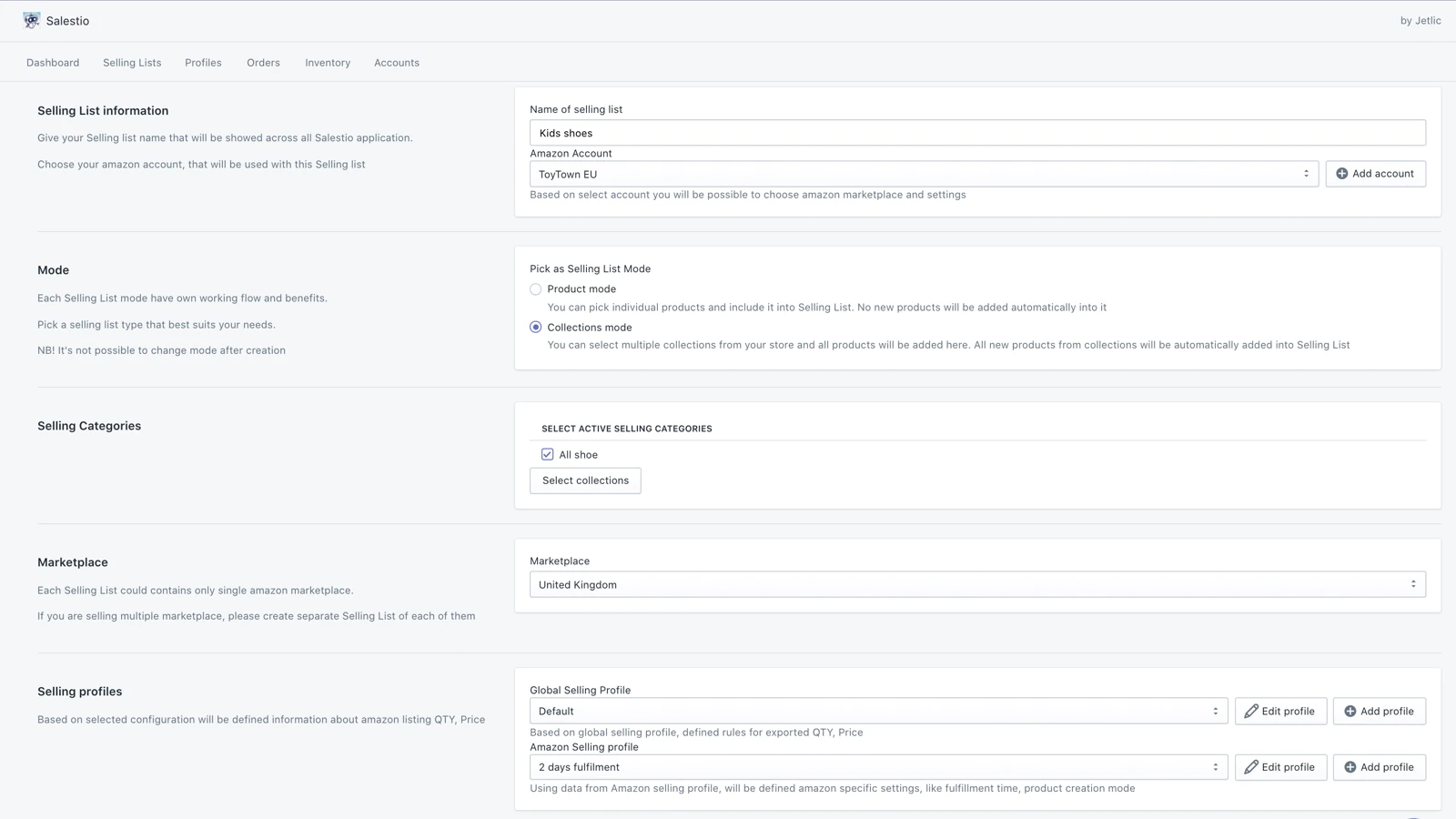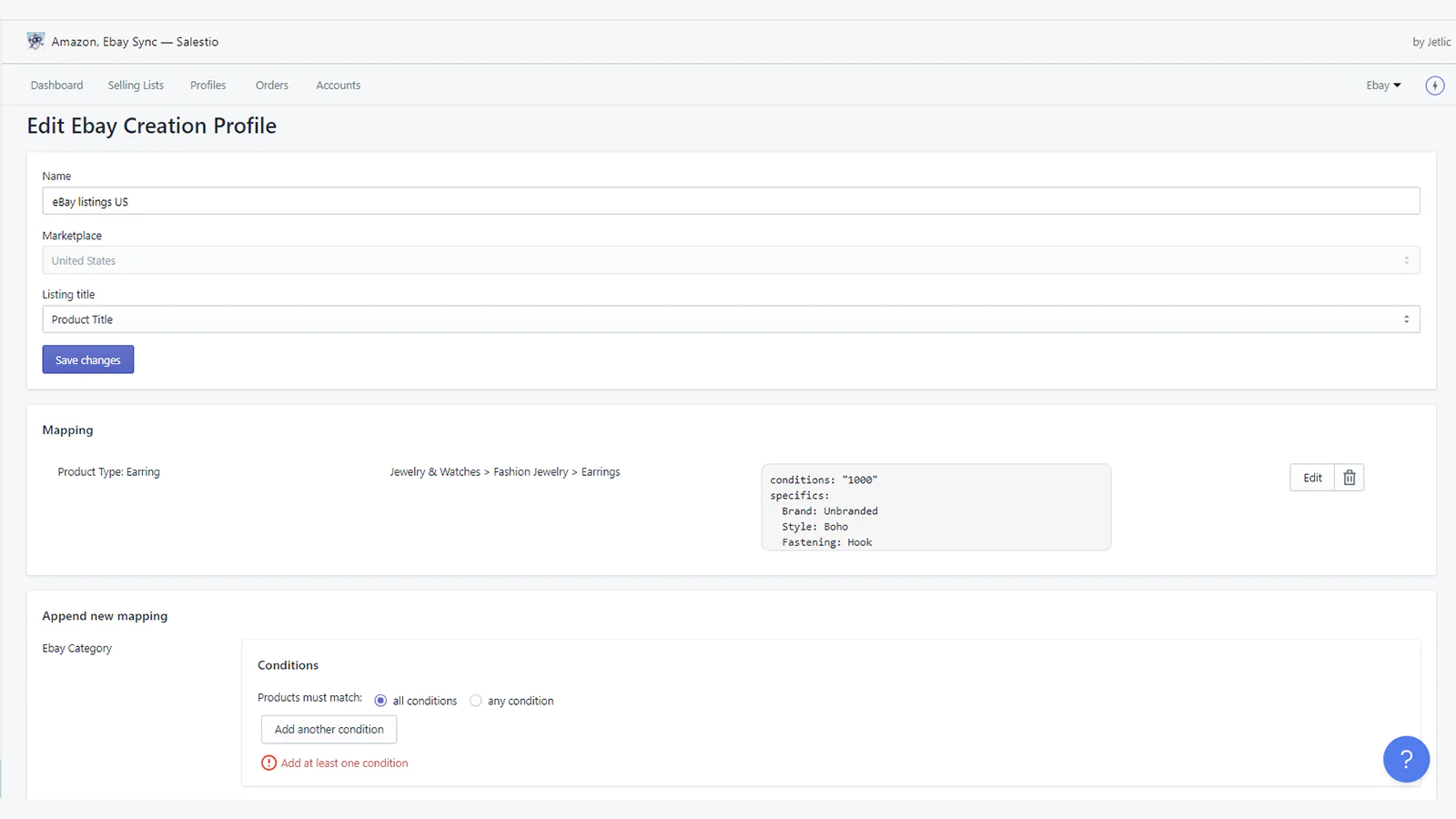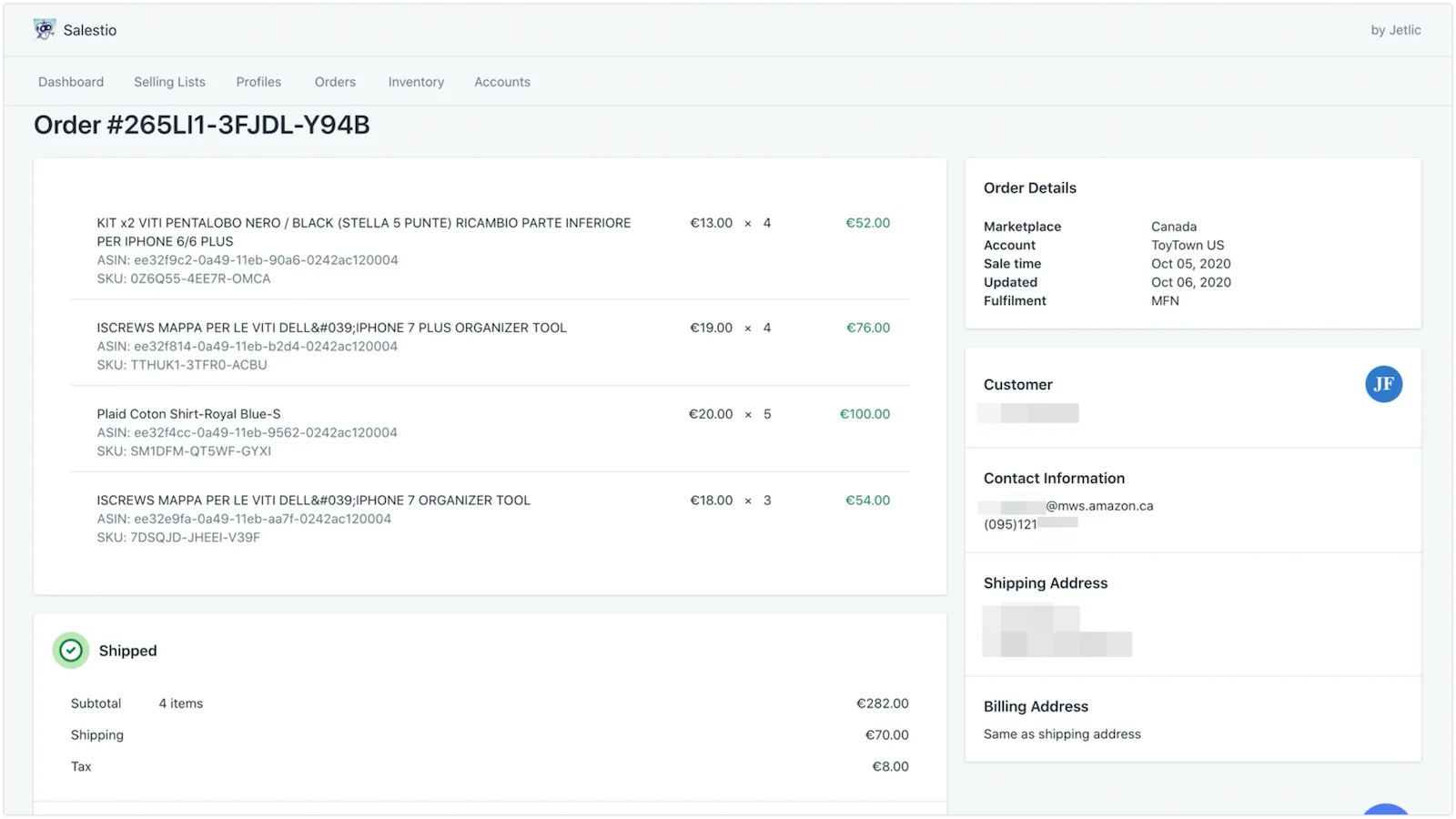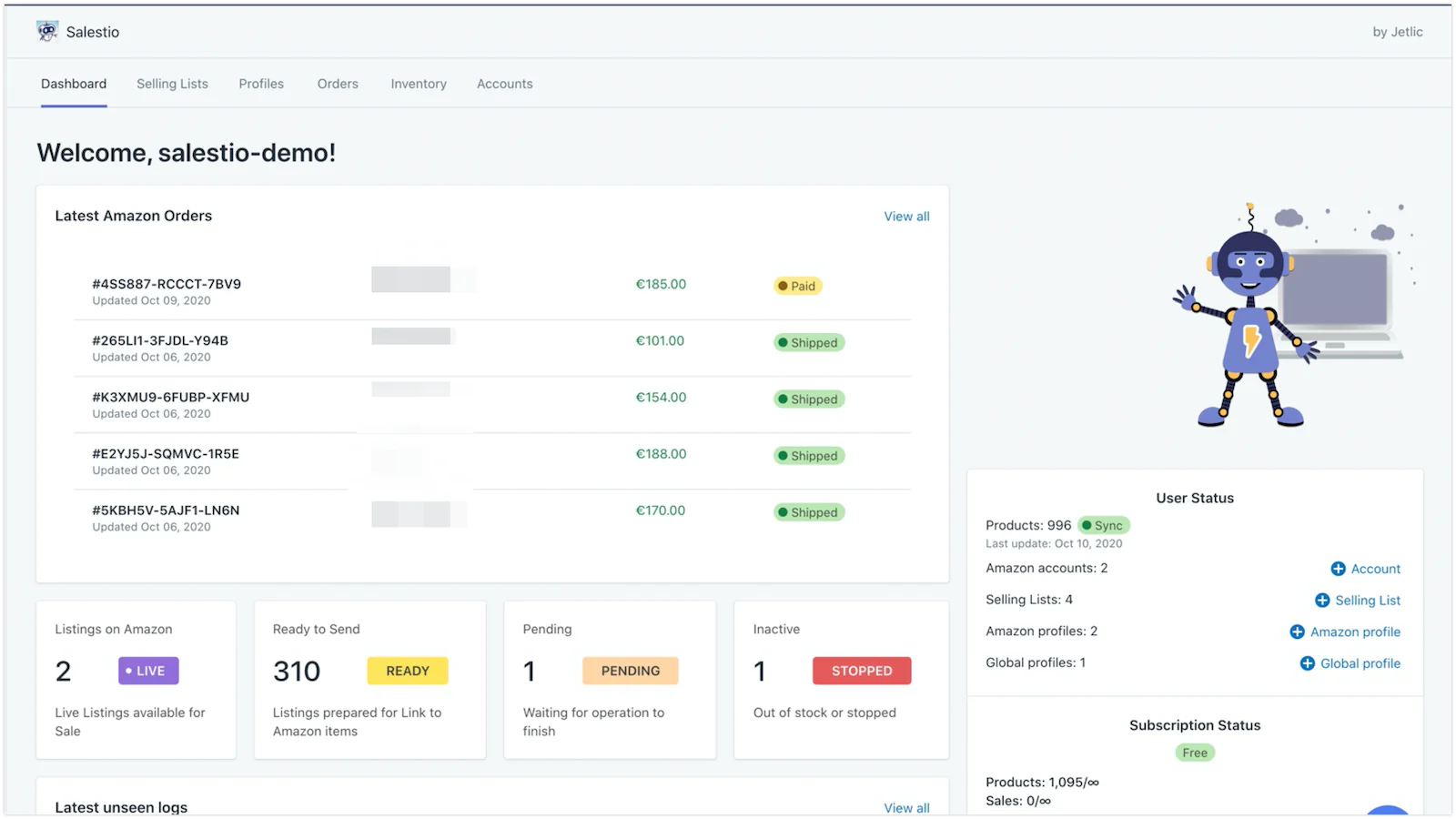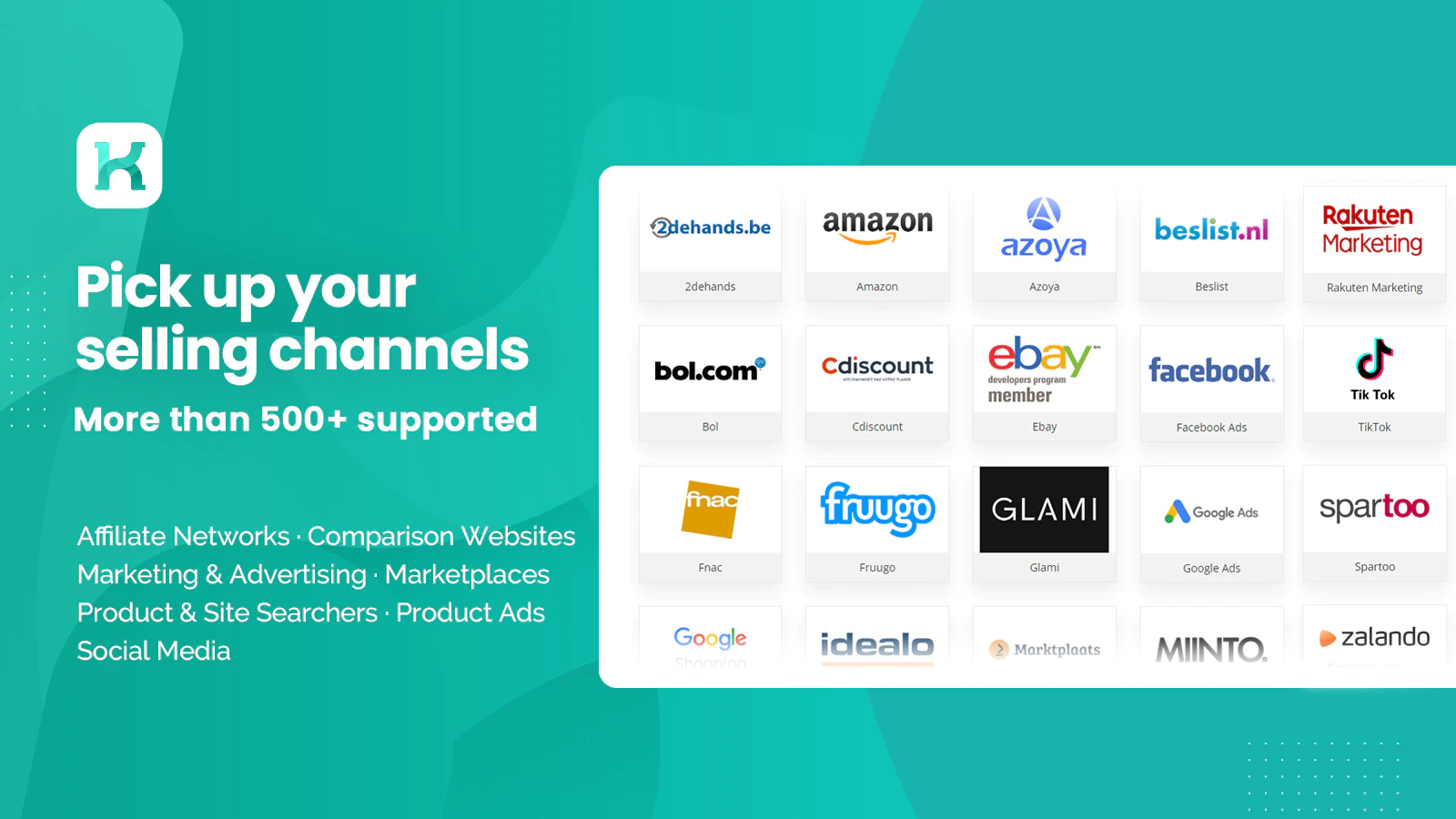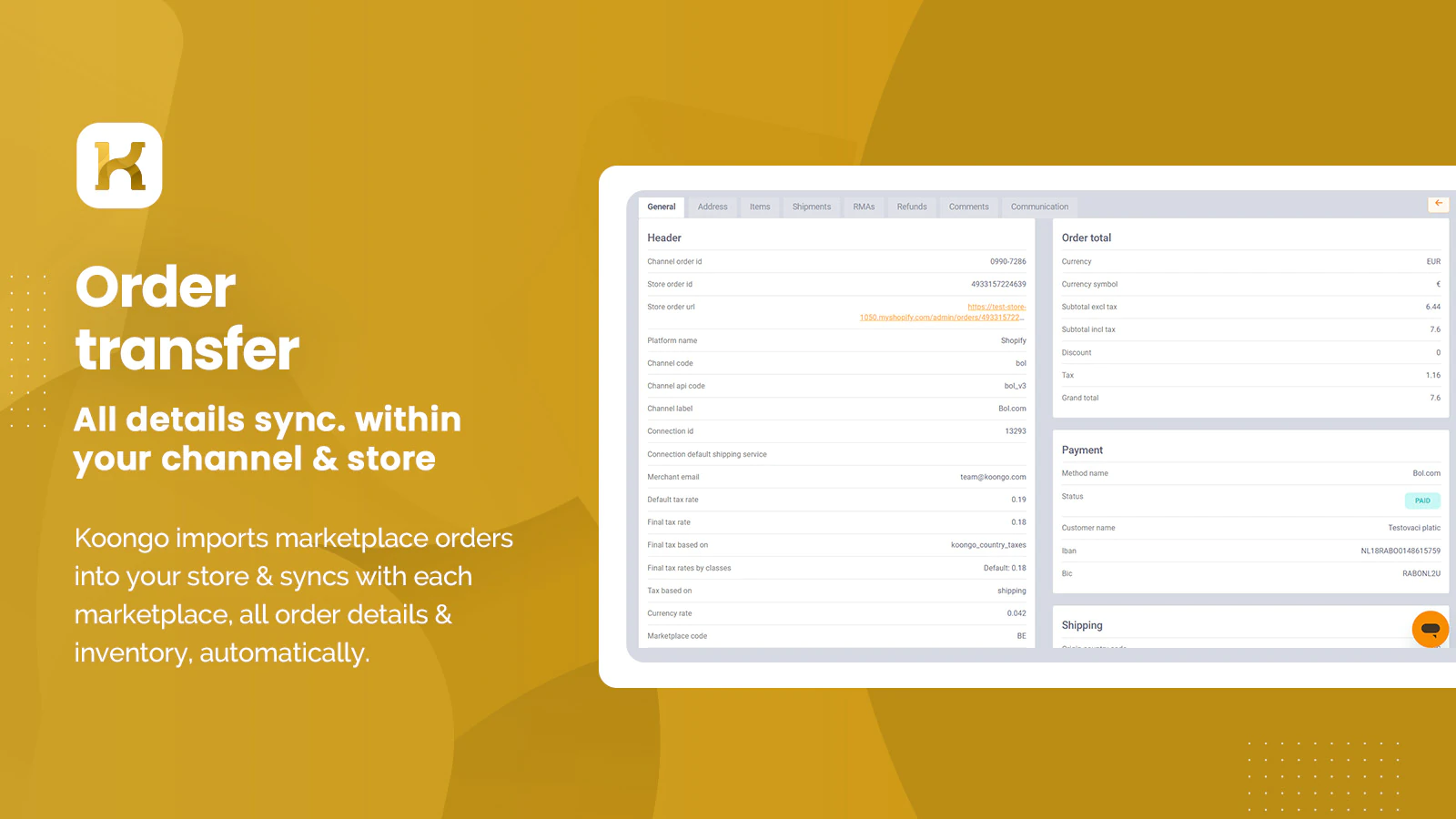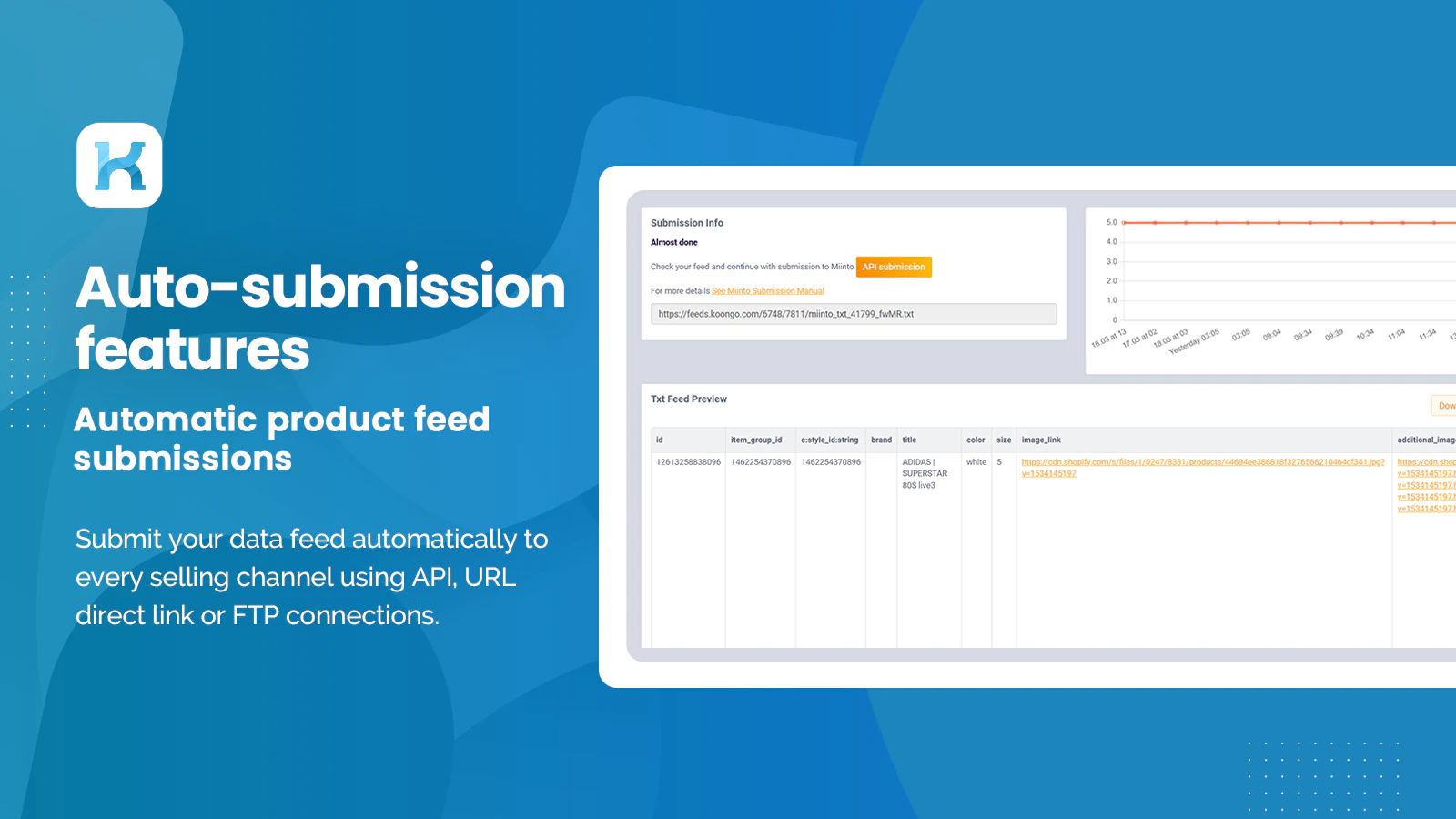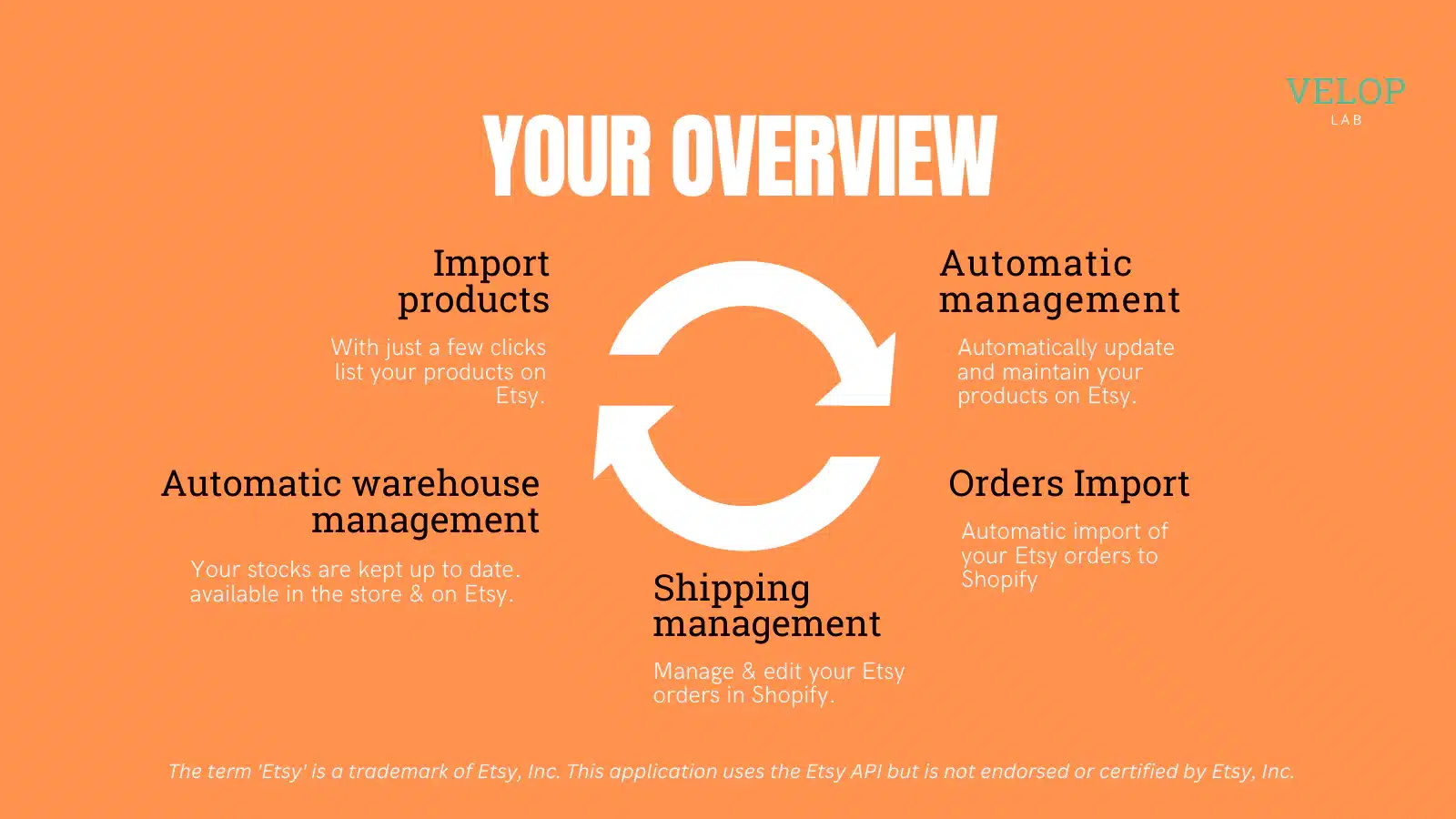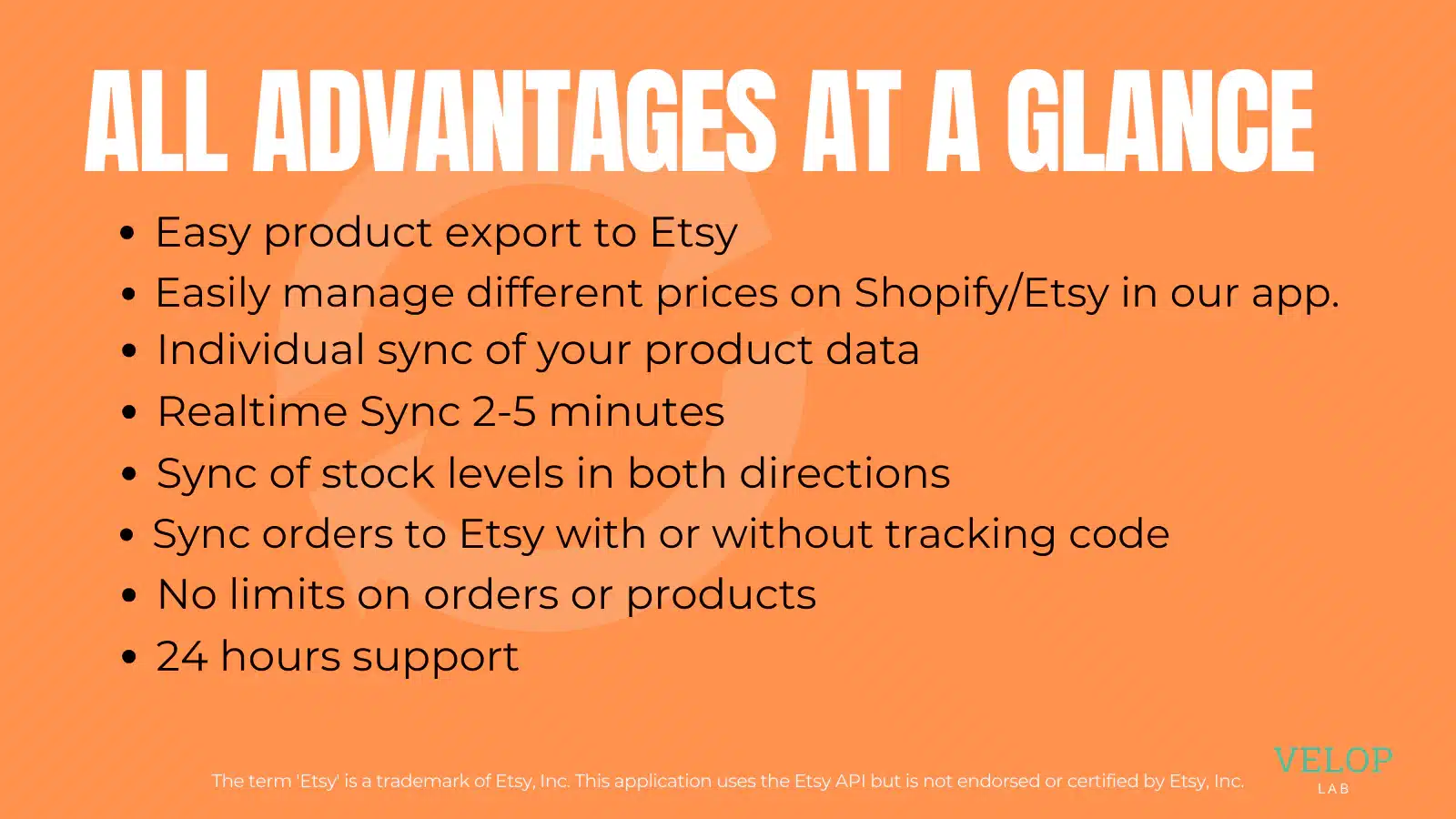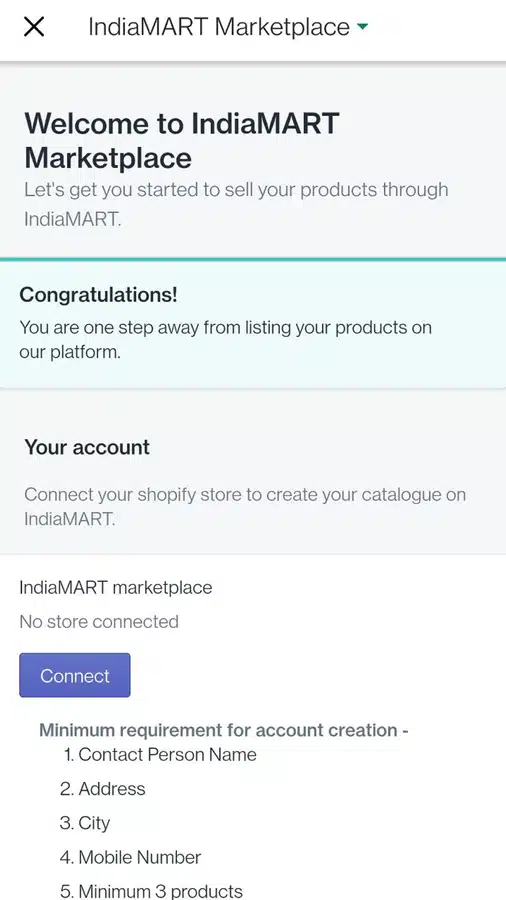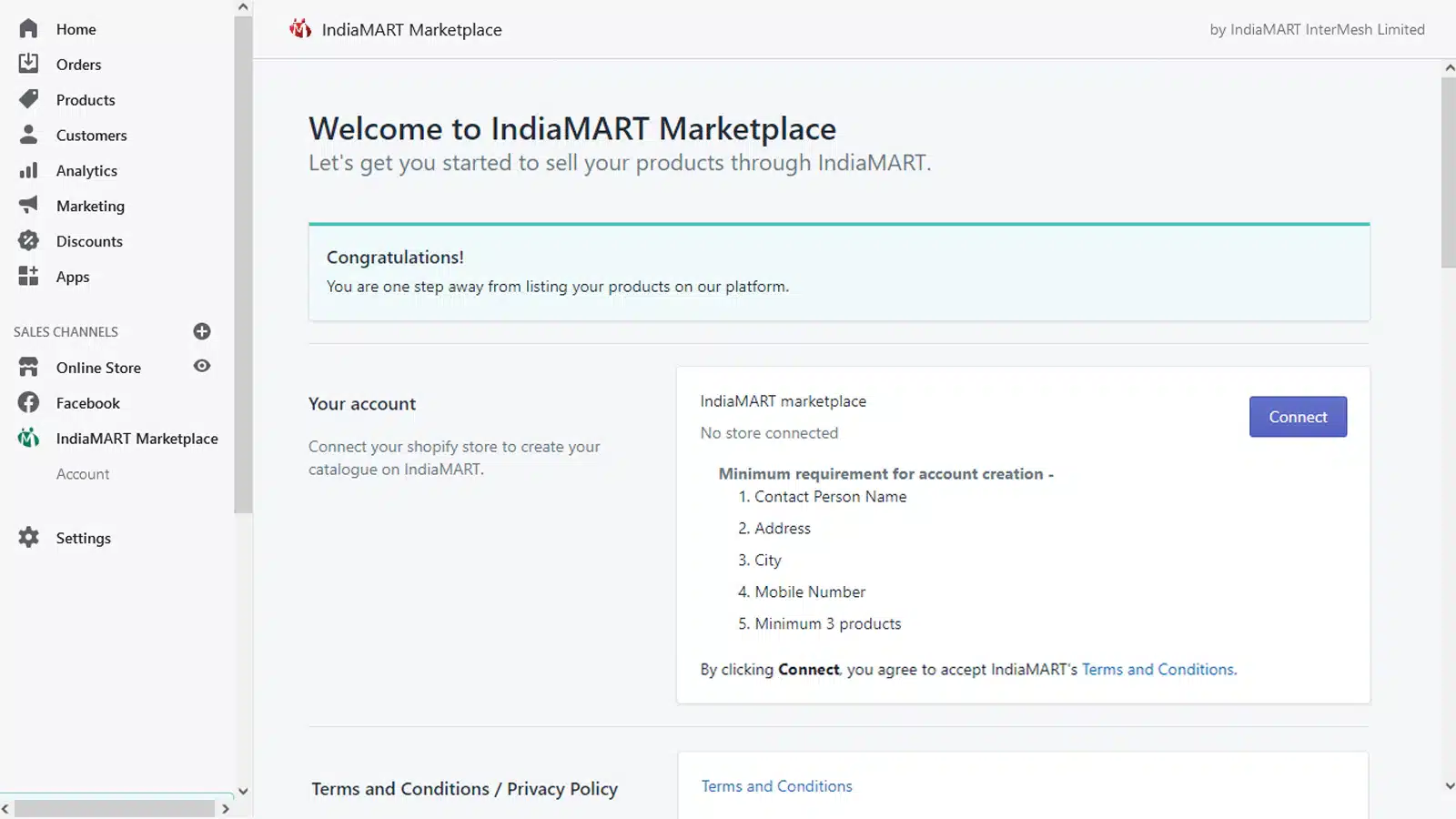Top 5 Shopify Marketplace Sync Apps [July, 2024]
This guide helps ecommerce store owners to compare and find the best Marketplace Sync apps for Shopify. Marketplace Sync apps are popular for ecommerce businesses that want to integrate their Shopify store with various online marketplaces. However, with the variety of Shopify apps for Marketplace Sync, it can be challenging to find the ideal app for store owners’ individual needs.
To help ecommerce store owners make the right choice, the attributes of available Shopify apps have been assessed considering: features, price, free trial availability, app store rating and free app options.
This guide compares five companies for merchants to review and find the optimal Marketplace Sync app for their needs. To help them make an informed decision, a quick comparison table of the best Marketplace Sync Shopify apps is shared below, followed by in-depth reviews and frequently asked questions.


Free Guide: How To Find A Profitable Product To Sell Online
Excited about starting a business, but not sure where to start? This free, comprehensive guide will teach you how to find great, newly trending products with high sales potential.
Quick comparison of the best Shopify Marketplace Sync apps
| # | App Name | Developer Name | Pricing | Rating | Free Trial | Image | Action |
|---|---|---|---|---|---|---|---|
| 1 | Amazon, eBay, Etsy – Salestio | Jetlic | $37/month | 4.6/5 ⭐️ | yes |  |
Get app |
| 2 | Koongo: Sell on Marketplaces | Koongo | $24/month | 4.5/5 ⭐️ | yes |  |
Get app |
| 3 | velopLab Etsy Sync | CEYOLI GbR | $9.99/month | 5/5 ⭐️ | yes |  |
Get app |
| 4 | IndiaMART Marketplace | IndiaMART InterMesh Limited | $0/month | 4.5/5 ⭐️ | no |  |
Get app |
| 5 | eBay Integration & Sync – DPL | Digital Product Labs | $14.99/month | 4.8/5 ⭐️ | yes |  |
Get app |
Top Shopify Marketplace Sync apps reviewed
Table of contents:
How to Find The Best Marketplace Sync Shopify App?
These five Marketplace Sync apps for Shopify are ranked based on the following criteria:
- Features
- Price
- Rating on the Shopify app store
- Free trial availability
- Free app options
- Compatibility with other top apps
- Number of apps the app provider operates
- Pros and cons
- Built for Shopify badge
- Reviews and assessment by AcquireConvert
What are Shopify Marketplace Sync apps?
Shopify marketplace sync apps are software tools designed to integrate Shopify stores with various online marketplaces. These apps streamline the process of managing product listings, inventory, and orders across multiple platforms, all from a single dashboard. They serve as a bridge between a Shopify store and marketplaces like eBay, Amazon, Etsy, and others, simplifying multi-channel selling for store owners.
The primary function of these apps is product synchronization. They enable automatic updating of product listings between Shopify and connected marketplaces. When a store owner adds or updates a product in their Shopify store, these changes automatically reflect in the marketplace listings. This synchronization ensures consistency and accuracy in product information across all sales channels. Another crucial feature of these apps is inventory management. They sync inventory levels across platforms in real-time. This functionality is vital for preventing overselling, as it updates inventory levels on all platforms when a product sells on any one of them.
These apps also streamline order management by consolidating orders from different marketplaces into the Shopify dashboard. This consolidation allows store owners to manage and fulfill orders from a central location, enhancing efficiency and reducing the complexity of handling multiple sales channels. Many marketplace sync apps offer bulk product upload capabilities, enabling store owners to list products on various marketplaces simultaneously. This feature saves significant time and effort, especially for stores with extensive product catalogs. Additionally, real-time updates are a key aspect of these apps. They ensure that product information, inventory levels, and orders are always current, providing a seamless and efficient management experience. Some marketplace sync apps include analytics and reporting features, offering insights into sales performance across different marketplaces. These insights assist store owners in making informed decisions about their multi-channel sales strategies.
Shopify marketplace sync apps play a vital role in helping store owners expand their reach, increase sales opportunities, and manage their e-commerce operations efficiently. They are especially beneficial for businesses aiming to maximize their online presence and streamline operations across multiple sales channels.
What marketplaces does Shopify integrate with?
Shopify offers integration with a variety of online marketplaces, enabling store owners to significantly broaden their customer reach and sell their products across multiple platforms. Some key marketplaces that Shopify integrates with include:
Amazon: Shopify’s integration with Amazon presents an opportunity for sellers to list their products on one of the world’s most extensive online marketplaces. This partnership provides access to Amazon’s massive customer base, allowing Shopify store owners to tap into a diverse and global market.
eBay: The integration with eBay allows Shopify sellers to seamlessly list and manage their products on eBay. This connection bridges Shopify’s robust e-commerce platform with one of the most popular online marketplaces, enabling sellers to reach a wide range of customers.
Etsy: Shopify’s connection with Etsy is particularly beneficial for sellers specializing in unique, handmade, and vintage items. This integration facilitates reaching the niche but substantial customer base that Etsy caters to, providing a platform for specialized products.
Walmart Marketplace: Through Shopify’s integration with Walmart Marketplace, sellers can access one of the largest retail audiences in the world. Walmart’s vast customer base offers significant opportunities for increased visibility and sales.
Google Shopping: Integrating with Google Shopping allows Shopify products to be featured in Google’s shopping searches and other Google services. This integration enhances product visibility and drives traffic from one of the most widely used search engines.
Facebook and Instagram: Shopify’s integration with these social media giants enables sellers to create shoppable posts and ads. Store owners can sell directly through these platforms, tapping into the large and engaged user bases of Facebook and Instagram.
Pinterest: The Shopify-Pinterest integration enables the creation of shoppable pins, allowing customers to purchase products directly from their Pinterest feed. This feature is particularly useful for visually driven products and brands.
Houzz: For sellers in the home improvement and design space, Shopify’s integration with Houzz opens doors to a specialized community focused on home decor and renovation.
Rakuten: By integrating with a popular Japanese e-commerce platform like Rakuten, Shopify sellers can access a broad market in Asia, expanding their global reach.
Wish: The integration with Wish allows Shopify sellers to cater to customers interested in affordable and unique products, broadening their market reach.
These integrations not only allow Shopify store owners to access larger and more diverse customer bases but also help streamline operations by managing multiple marketplaces through a single platform. This multi-channel approach is instrumental in increasing product visibility, diversifying revenue streams, and driving business growth. Shopify continually works to expand its marketplace integrations, providing sellers with increasing opportunities to connect with customers globally.
Can you sync inventory with Shopify?
You can sync inventory with Shopify, and it’s one of the key features that makes Shopify a powerful e-commerce platform. Shopify provides various tools and functionalities that enable store owners to manage and synchronize their inventory across different sales channels and platforms effectively. This capability is crucial for maintaining accurate stock levels, preventing overselling, and ensuring a consistent customer experience.
Shopify’s inventory management system allows you to track inventory levels, set up automatic inventory adjustments, and receive notifications when stock levels are low. When you sell a product, Shopify automatically deducts the item from your inventory count, keeping your stock levels up to date.
Shopify integrates with various third-party apps and marketplaces, such as Amazon, eBay, and Etsy, among others. These integrations allow for real-time inventory synchronization between Shopify and these platforms. When a product is sold on any of these channels, the inventory levels are automatically updated in Shopify and vice versa. This synchronization ensures that inventory levels remain consistent across all sales channels, reducing the risk of overselling or stock discrepancies. For businesses that sell on multiple platforms or have multiple Shopify stores, third-party inventory management apps are available in the Shopify App Store. These apps offer advanced features such as bulk inventory updating, detailed inventory reporting, and synchronization across various online and offline sales channels.
Shopify’s inventory syncing capabilities are a vital aspect of its e-commerce platform, helping businesses manage their inventory efficiently and effectively across various sales channels.
Conclusion: Best Shopify Marketplace Sync Apps
It requires time and effort to compare and evaluate features of the various different Marketplace Sync Shopify apps to find the ideal option.
Shopify store owners must evaluate relevant information to make the optimal choice for their needs.
This guide does the challenging work for merchants by comparing and evaluating the top choices for different Marketplace Sync Shopify apps. The results of our analysis of the best Marketplace Sync Shopify apps are listed below:

